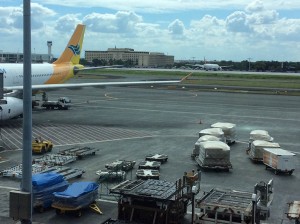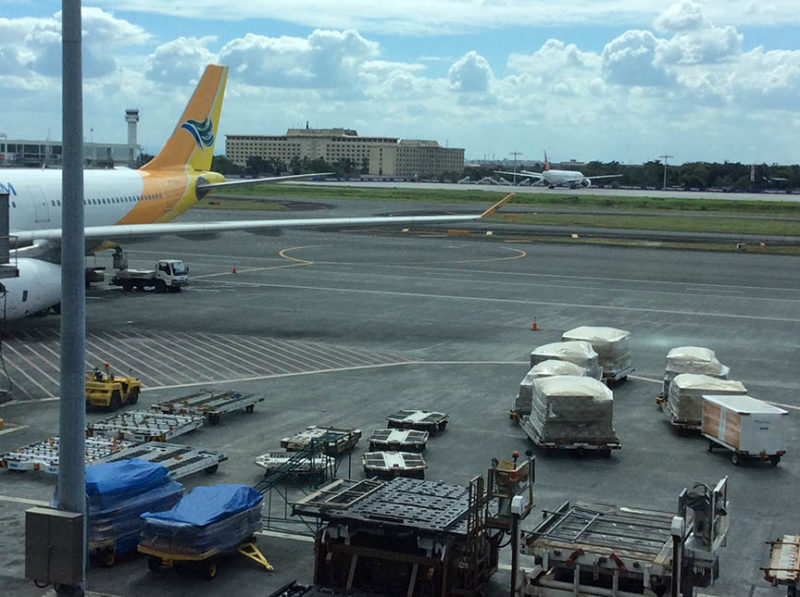 A new policy seeking to organize flight movements will be implemented by airport authorities to minimize delays and avoid congestion at the Ninoy Aquino International Airport (NAIA).
A new policy seeking to organize flight movements will be implemented by airport authorities to minimize delays and avoid congestion at the Ninoy Aquino International Airport (NAIA).
NAIA operator Manila International Airport Authority (MIAA) said the policy calls for grouping 10 flight movements into 15-minute block periods to ensure that only a maximum of 40 movements take place per hour. NAIA’s runways currently handle about 40 aircraft movements (landing and take-off) an hour.
MIAA expects to fully enforce the latest policy as early as next month.
The plan was discussed in a coordination meeting on February 9 among officials from MIAA, Civil Aviation Authority of the Philippines (CAAP), Civil Aeronautics Board (CAB), and domestic airlines.
Scheduled arriving and departing flights beyond 10 movements per block time will be re-timed and accommodated in the next quarter-hour, MIAA said.
Likewise, flights that can’t meet their original schedule will be re-timed to the next block period to guarantee the on-time performance of other flights.
MIAA said airline executives, including Philippine Airlines president Jaime Bautista, PAL Express vice president for ground operations Bryan Lim, Cebu Pacific chief executive adviser Garry Kingshott, Cebgo president Michael Shau, and Air Asia Zest chairwoman Marianne Hontiveros, were agreeable to the measure.
However, the airline operators requested for more time to review how to align their internal procedures to the new measure.
“It is high time that the authorities and the airlines set aside differences to enhance the experience of every passenger. Through effective collaboration, this new measure will minimize delays at the NAIA,” MIAA general manager Jose Angel Conrado said.
Further consultations will be conducted by MIAA with foreign airlines and its slot coordinator, Airport Coordination Australia, to finalize the new measure.
The country’s main gateway has been experiencing flight delays due to runway traffic, resulting in passenger inconvenience and additional costs for airlines.
According to the Department of Transportation and Communications, NAIA’s total aircraft movements for 2013 alone numbered 277,112, which already surpassed the 274,880 target for 2016 under the 2011-2016 Philippine Development Plan.





